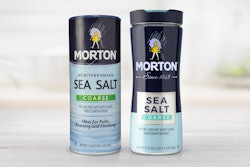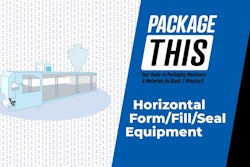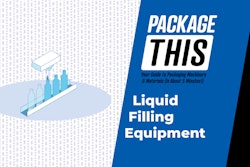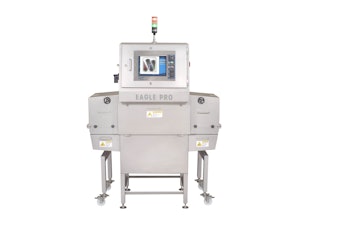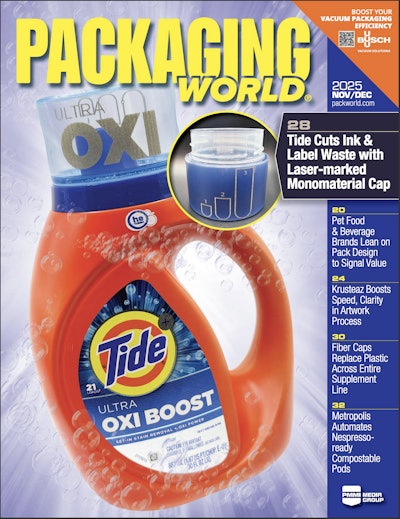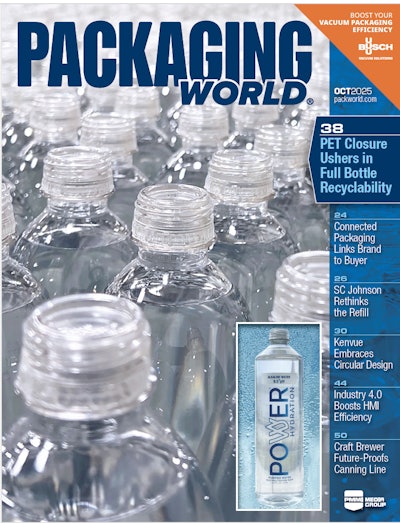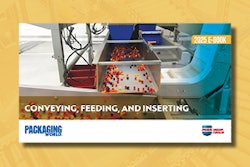
As the spotlight on single-use foodservice packaging continues to grow, the Foodservice Packaging Institute sought to better understand the general consumer’s use and perception of these items. To discover those consumer perceptions and provide feedback to its members, FPI commissioned a third party to conduct a survey to find out how frequently people use single-use packaging and their perceptions and behavior choices related to foodservice packaging.
Participants were asked questions about how frequently they use single-use foodservice packaging; their beliefs about the importance of performance attributes in single-use foodservice packaging; benefits and concerns they have about single-use foodservice packaging and their reusable counterparts; their behavior choices related to foodservice packaging; and environmental issues. Each question was analyzed to find significant differences in responses across different demographic groups and frequency of using single-use foodservice packaging.
“As we represent the needs of our members, it became apparent that we had to find out what consumers truly think about foodservice packaging. Undertaking this survey assists not only our members, but our industry as a whole, allowing an inside glimpse into the thoughts of consumers and ultimately providing valuable feedback to ensure our industry continues to create the right products,” says Lynn Dyer, President of the Foodservice Packaging Institute.
Based on the results, there are significant differences in perceptions of foodservice packaging based on the frequency of use. Within U.S. respondents, those with the highest income are most likely to use single-use foodservice packaging every day and higher education appears to correlate to higher use. For Canadian respondents, the only factor where perceptions differed is frequency of use.
When given a list of seven performance attributes for single-use packaging items, respondents were asked to rate the importance of each attribute. Results show that the most important attributes for single-use packaging for both U.S. and Canadian respondents are the item’s ability to prevent leaks/spills and stop oil and grease stains.
“What we found is that when people are given a list of attributes of their foodservice packaging, it comes down to the basics. Consumers want products that are going to allow them to enjoy their foods and beverages on-the-go without worrying about spills or leaks,” says Dyer.
The survey included input from 800 respondents in the U.S. and Canada balanced across income, education level, gender, and region. This sample provided a statistically representative view of the beliefs of these populations with a 95% confidence rate with a ±5% margin of error.



